24+ Sample Food Plans
-
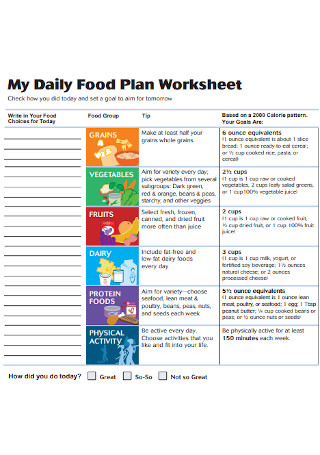
Daily Food Plan Worksheet
download now -
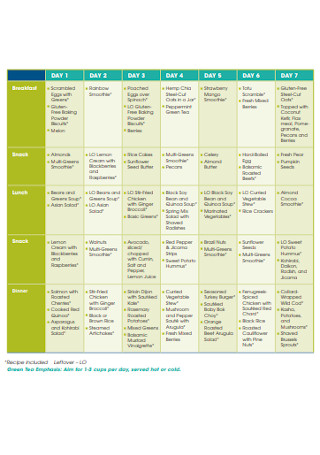
Food Meal Plan
download now -
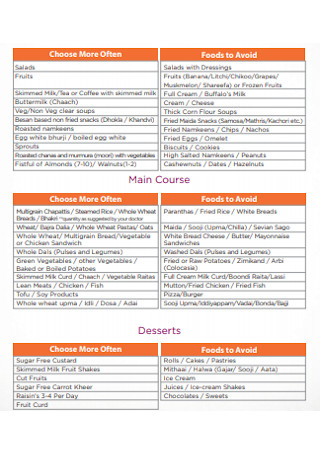
Food Diet Plan
download now -
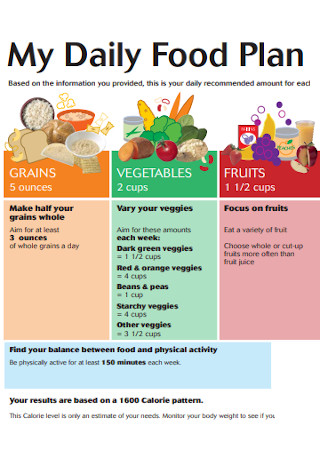
Daily Food Plan
download now -
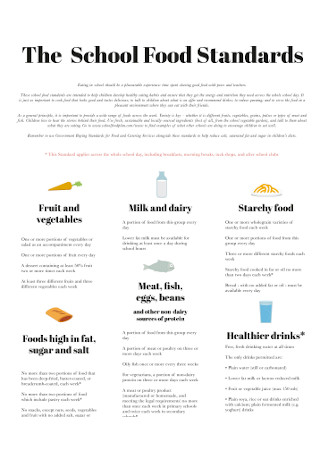
School Food Plan
download now -
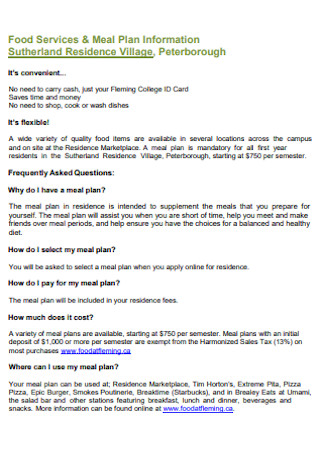
Food Services and Meal Plan
download now -
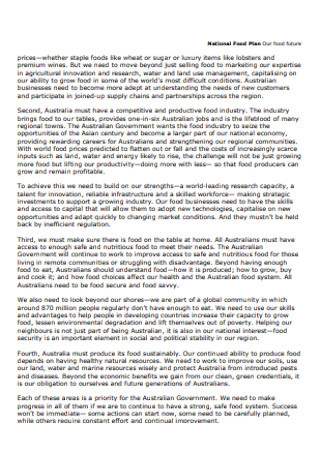
National Food Plan
download now -
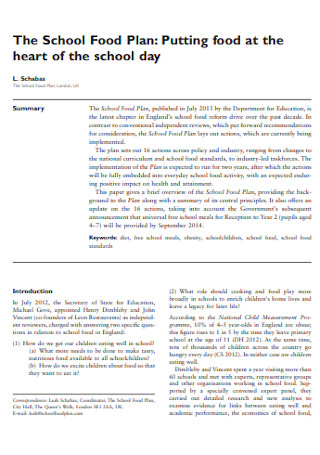
Sample School Food Plan
download now -
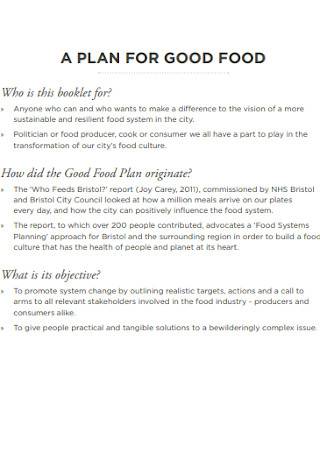
Plan for Good Food
download now -
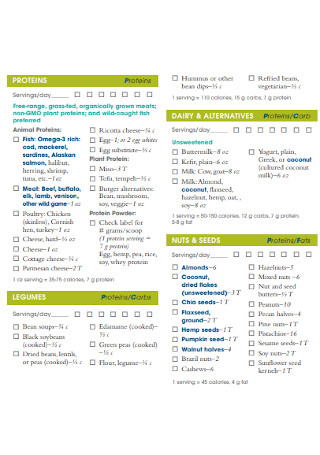
Mito Food Plan
download now -
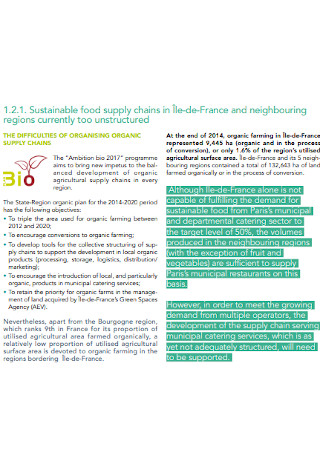
Sustainable Food Plan
download now -

College Food Meal Plan
download now -
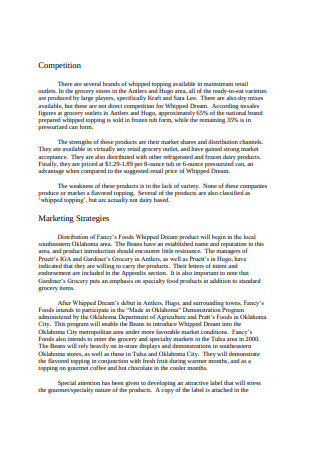
Food Business Annual Plan
download now -
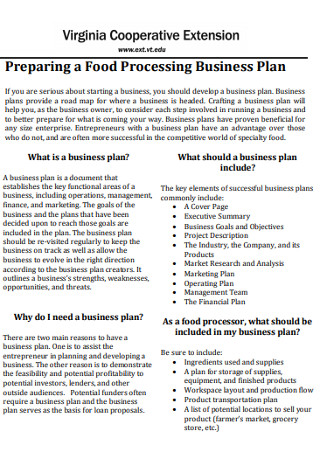
Food Processing Business Plan
download now -
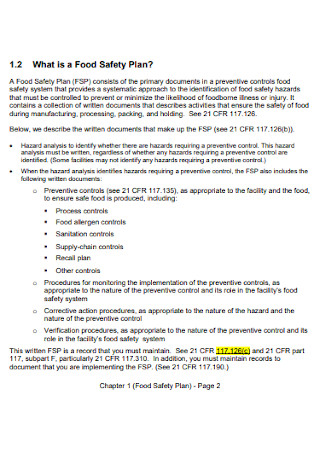
Food Safety Plan
download now -
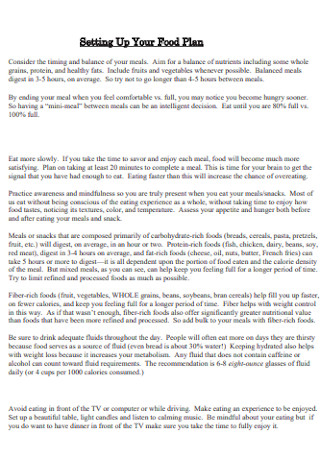
Basic Food Plan
download now -
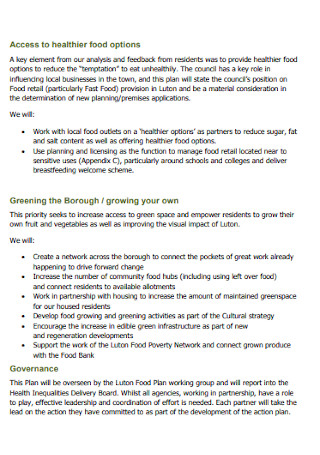
Health Food Plan
download now -
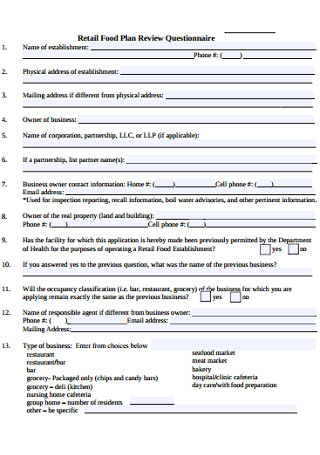
Retail Food Plan Questionnaire
download now -
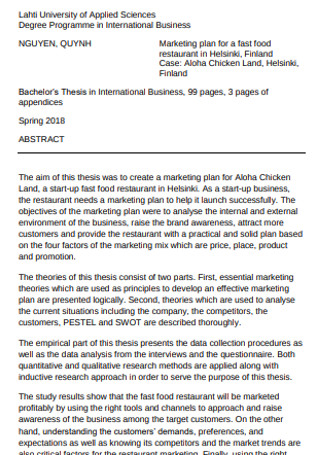
Fast Food Marketing Plan
download now -
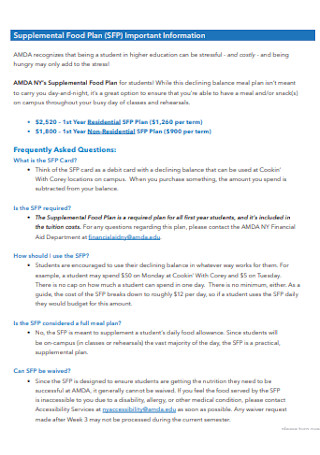
Supplemental Food Plan
download now -
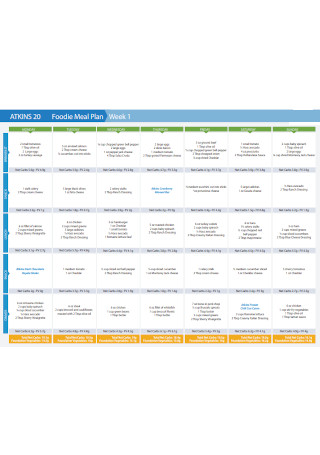
Foodie Meal Plan
download now -
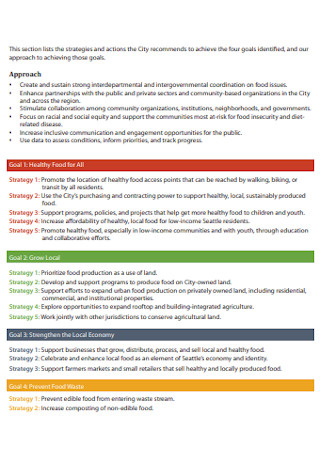
Sample Food Action Plan
download now -
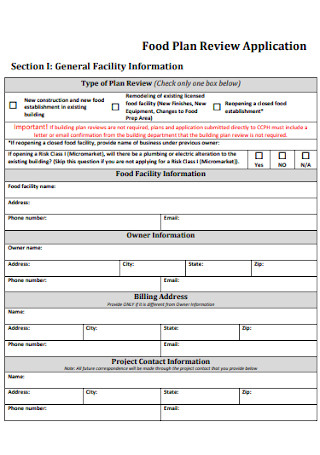
Food Plan Review Application Template
download now -
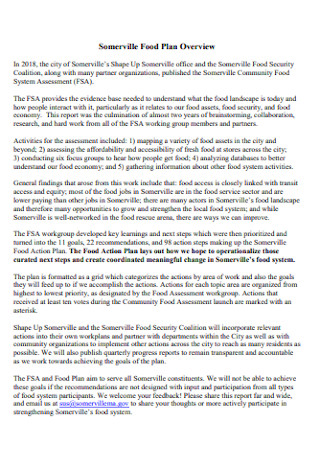
Standard Food Plan Template
download now -
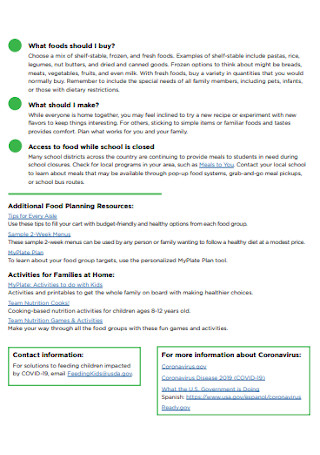
Home Food Plan
download now
FREE Food Plan s to Download
24+ Sample Food Plans
What is a Food Plan?
Helpful Tips for Different Food Plan Goals
How to Make a Food Plan
Benefits of Cooking at Home
How often do you need to prepare for a food plan?
How do you decide which recipes to include in your food plan?
How often do you need to go to the store?
What is a Food Plan?
A food plan is an easy guide as to what you should eat for a healthier body. It simply means deciding what you want to eat for the next week, checking the ingredients that you will need to cook those dishes, and going out to buy them. The food plan has a flexible content and it’s totally up to you if you want it to be either a weekly meal planner or a 21 day fix meal plan, as long as you follow your food plan to establish a healthy eating habit.
Having a food plan can also help stick with your food budget, or follow a certain diet plan such as DASH diet, keto diet plan, or even 1200 calorie meal plan, or even work your way into enjoying healthy weight loss meals. Home cooking can be challenging, but with a food plan, you will be guided on what to do and how to do it without compromising your schedule and will improve your lifestyle.
Helpful Tips for Different Food Plan Goals
A change in lifestyle doesn’t happen overnight. It requires effort and a winner mindset to reach your eating habit goals. Here are some tips to inspire you to keep planning your meals, depending on what you want to achieve.
How to Make a Food Plan
When it comes to dietary changes, the simplest, fastest, and most effective way for it to make lasting and meaningful changes in your body is by sticking to it through habit-forming practices like food planning. Anyone can create easy-to-follow food and meal plans that take the guesswork out of grocery shopping and prepping at the same time, make cooking quick and easy. Follow these steps on how to prepare a food plan so you can cook more for yourself and love it with healthy and fun meals that you will surely love.
Step 1: Narrow down your goals
When it comes to planning, the first thing you want to do is to set goals. You need to determine what your intentions are for making a food plan. Is it because you want to eat and serve healthier food? Do you want to manage your weight? Budget concerns? Once you have all these figured out, it will be easier for you to set realistic expectations on how you will go about your food plan.
Step 2: List down your schedule
Identifying your availability when it comes to cooking will help you determine which recipes you will want to include in your food plan. Since you will know when you have the time and energy to cook, you will be able to create a meal plan that fits right into your schedule. It’s an appointment that you have to set with yourself so you know that you will have to cook and ready your mind before going into the activity.
Step 3: Select Your Meals and Their Recipes
One of the most crucial steps in food planning is choosing your meals and recipes. This is the part where you put food planning philosophy alongside your goals and reasons for doing it into action. Start thinking about your food plan a few days before you want to give it a go so you have ample time to decide the food you want to eat and prepare for its ingredients. More importantly, you would want to give yourself some time to go through the whole process at your own pace rather than rushing through everything.
Another thing you may want to consider is if you want to have meals with the same base ingredients because it is cheaper to buy in bulk and easier to prepare. Check your pantry against your recipes or plan your meals around what you already have in your pantry–either way, you can save more money and prevent food waste. List down the ingredients that you already have, what you don’t have, and what you already have but you need more of it–this is your master ingredient list. It’s not your grocery list yet. By keeping track of what’s in your pantry before going to the grocery store, you can already lessen the cost of your meals.
Step 4: Prepare a Grocery List and Shop for the Ingredients
After cross-checking your pantry with what’s on your master list, you can take out those ingredients that you already have and leave on your list those that you don’t have. Once you have figured out which ingredients you need, re-write your list accordingly for an easier shopping experience. You can group items that are on the same aisles in the grocery store. You may take it a step further by listing them down based on how you would like to go about the store. But make sure that you go to the frozen section last or swing by it early on if you want your butcher to dice and slice meat for you or have them packed separately.
Step 6: Make Time for Cooking Preparation
You have your schedule, your meal recipes, and you’ve shopped for ingredients. Now is the time to implement your food plan. This is the point where your plan turns into dinner–do your preparation! In any cooking, preparation of the ingredients can take too much time. So, to prevent cooking fatigue during the week, do some preparation. What you do will depend on how much you will use for the week. It is always a massive help to prepare the spices and vegetables ahead of time and storing them away for later. You may even cook up some meat like chicken or pork to save more time.
Benefits of Cooking at Home
Whether you’re living on your own or you’re a busy parent, cooking at home can be daunting. And it is tempting to just order takeout food, delivery, or eat out rather than cooking. But with the help of a food plan, you will be able to find time and energy to prepare home-cooked meals before starting or ending a hectic day. Not only are home-cooked meals cheaper, but cooking at home also has health, social, and emotional benefits you can reap.
Health Benefits
Obesity is a prevalent condition in the country with an incidence of 42.4% in 2017-2018 among adults according to the Centers for Disease and Prevention. Overweight and obesity are risk factors for different types of medical conditions and lifestyle diseases such as type 2 diabetes, poor bone density, and some types of cancer. It is also associated with a higher risk of coronary heart disease and end-stage renal disease.
Perhaps one of the most important health benefits of a food plan is to curb obesity among children and adults. By eating nutrient-filled foods, you can either lose, gain, or maintain a healthy weight. Normal body weight can help reduce the risk of chronic health issues. Avoiding processed foods and increasing dietary fiber intake from plant-based food can help manage weight by regulating hunger and make you satisfied with the food you eat, thus making you feel fuller for a longer time.
Social Benefits
It is a universally accepted truth that food brings people together and home cooking is a great way to get families together over the dining table and share a meal. Even the pickiest eaters and moody teenagers cannot resist the appeal of a home-cooked meal. Invite your partner, roommate, or friend to help shop and cook. It can deepen your relationship and splitting the cost can be cheaper for you. And even if you live alone, you don’t have to eat on your own. Sharing a meal with other people can expand your network. A simple meal with friends or loved ones can play a big role to relieve stress and boost mood.
Emotional Benefits
The relationship between food and mood goes beyond rhymes. There are pieces of evidence that show that the quality of food eaten can increase symptoms of fatigue and depression. Usually, foods with a high glycemic load such as pastries, cakes, and desserts or those with high content of refined sugar may contribute to the symptoms of mental disorders on top of lifestyle diseases such as diabetes and heart diseases.
How often do you need to prepare for a food plan?
Plan whatever works best for you. If you’re just starting to get into food planning, try doing it for a couple of days or those that match your schedule so you don’t get overwhelmed. Once you get the hang of it, you can then make it into a weekly meal plan.
How do you decide which recipes to include in your food plan?
No, it’s not necessary. But you do have to be careful as to what type of meat you consume and how much you eat. Lean meat is rich in protein, fish meat has omega-3 fatty acids, and chicken is considered white meat which is a good alternative to pork or beef.
How often do you need to go to the store?
The purpose of a grocery list is to limit yourself from going to the grocery store all the time. One trip per plan is most acceptable. But if you have enough ingredients stocked in your pantry for your next meal plan and you don’t need to replenish, then it is all right if you skip grocery shopping altogether and do it for the next food plan.
Planning on what to feed yourself or your family can be a chore but it can also make your life simpler and easier if you take time to do it. It’s not difficult to do, but it isn’t a piece of cake, either–especially if you’re only starting to do it. However, carry on and persevere because you will only get better at it.
